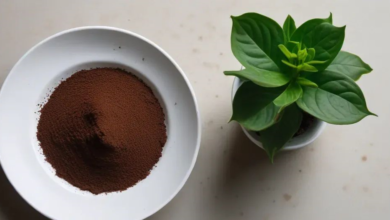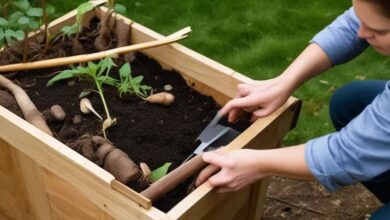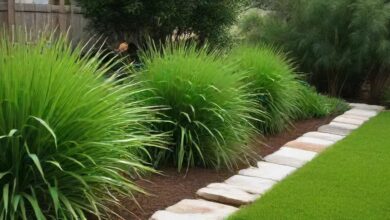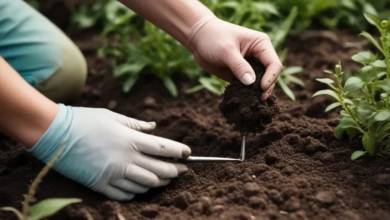A DIY Guide to Building Cucumber Trellises
Elevate your garden game with our DIY guide to building cucumber trellises. From materials to step-by-step instructions
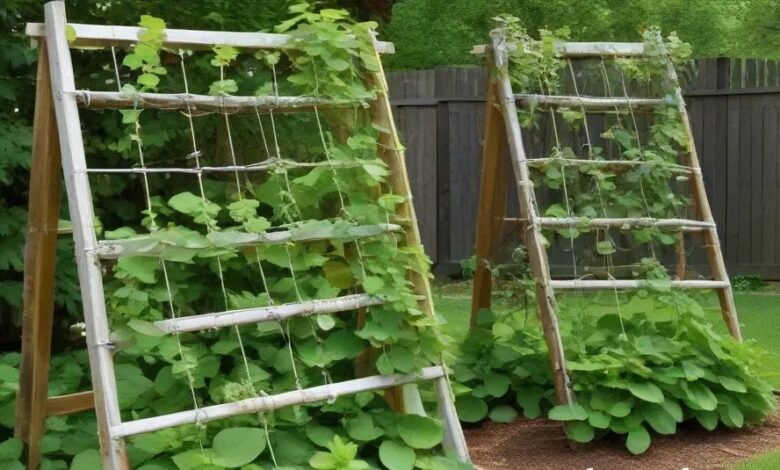
Cucumber, with its refreshing taste and versatility in culinary applications, has become a staple in many gardens. Whether you’re a seasoned gardener or just starting, cultivating cucumbers can be a rewarding experience. However, to ensure healthy growth and maximize yield, proper support systems like trellises are essential. In this comprehensive guide, we’ll explore the various types of cucumber trellises, how to install them, maintenance tips to keep your plants thriving, and conclude with the benefits of utilizing trellises in your cucumber garden.
Types of Cucumber Trellis
-
Vertical Trellis
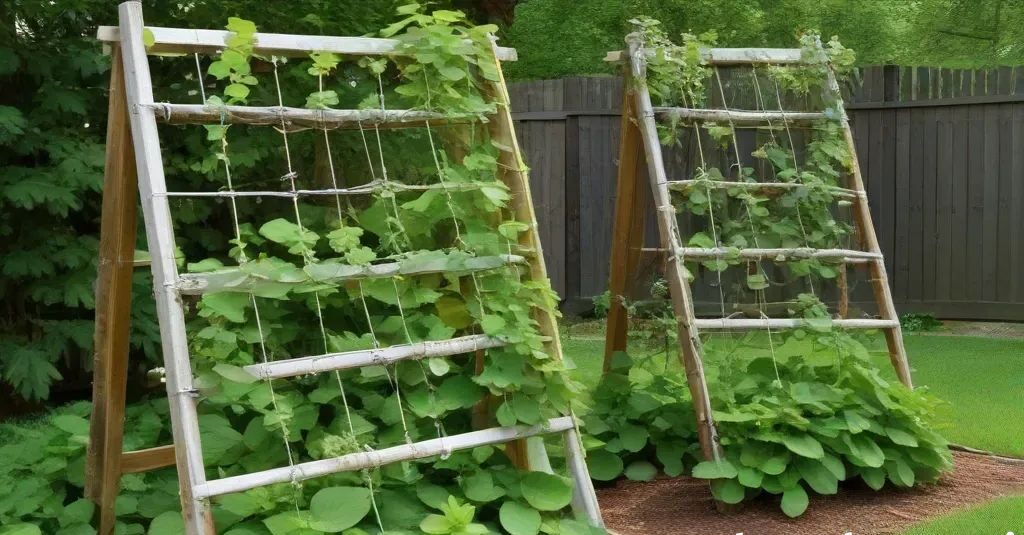
Vertical trellises are one of the most common types used for cucumbers. They consist of a tall structure with horizontal supports for the vines to climb. These trellises can be made of materials such as wood, bamboo, or metal. Vertical trellises save space in the garden, promote air circulation around the plants, and make harvesting easier.
-
A-Frame Trellis
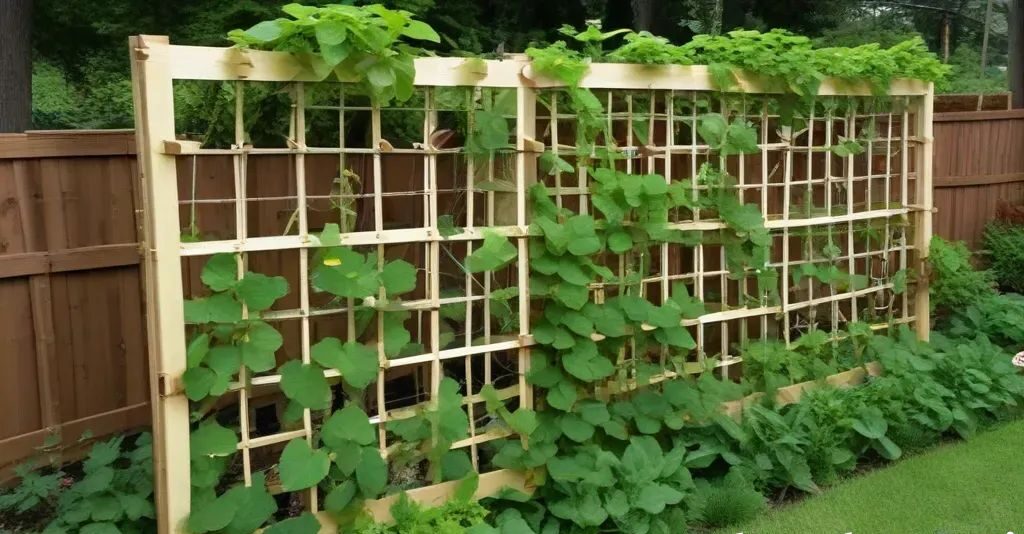
A-frame trellises are shaped like the letter “A” and provide sturdy support for cucumber vines. They are typically made by joining two angled pieces of wood or metal at the top, with horizontal supports extending outward on both sides. A-frame trellises work well for small gardens or raised beds, as they can be placed at the edges without taking up much space.
-
Cattle Panel Trellis
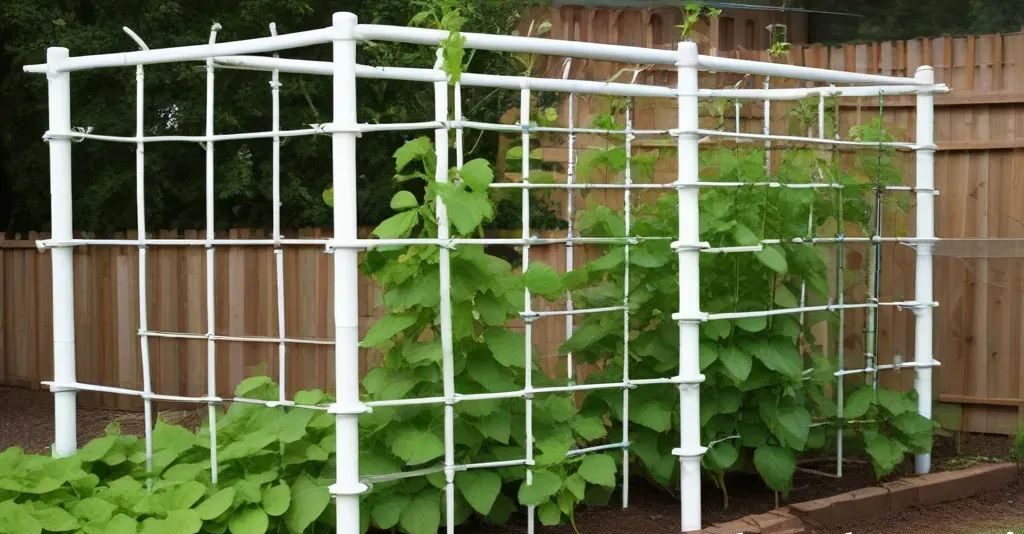
Cattle panels, also known as hog panels, make excellent trellises for cucumbers. These large wire mesh panels offer plenty of support for the vines to climb and are incredibly durable. Cattle panel trellises can be arched over the cucumber plants to create a tunnel-like structure, maximizing space and allowing for easy access to the fruit.
-
Teepee Trellis
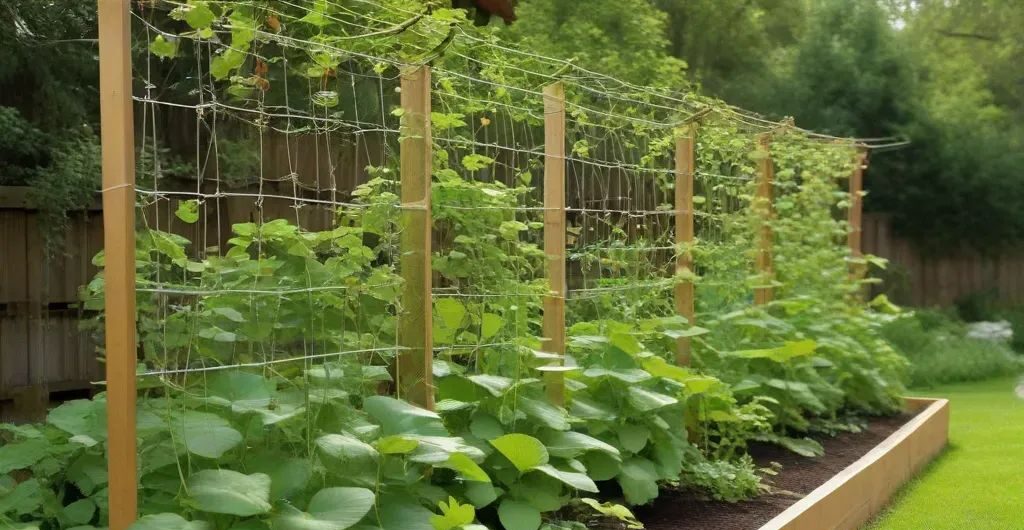
Teepee trellises consist of several long poles or bamboo stakes arranged in a cone shape and tied together at the top. Cucumber vines are trained to climb up the poles, creating a visually appealing and functional support system. Teepee trellises are easy to assemble and can be customized in size depending on the space available in your garden.
-
String Trellis:
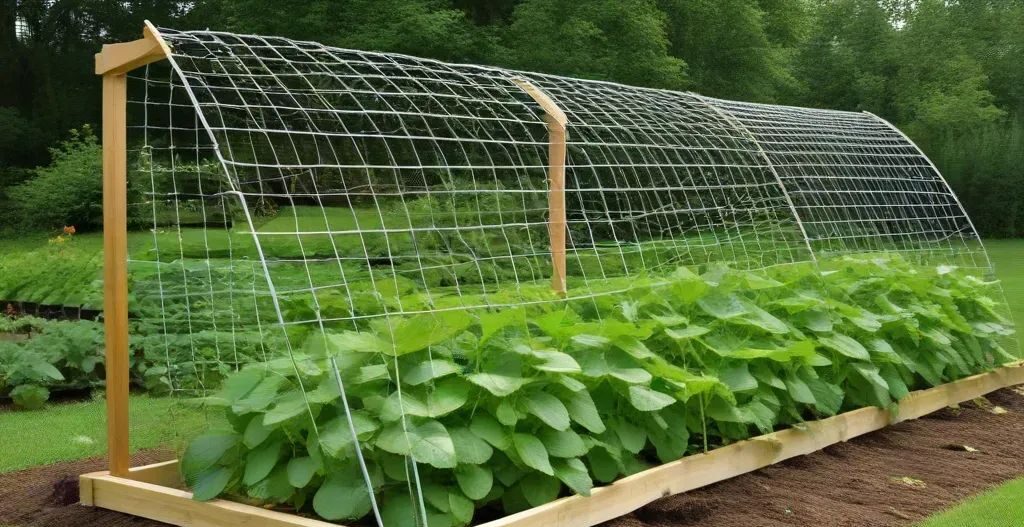
String trellises are a simple yet effective way to support cucumber plants. They involve attaching vertical strings to a horizontal support at the top and bottom of the trellis. As the cucumber vines grow, they can be trained to climb up the strings, providing support for the developing fruit. String trellises are affordable, easy to set up, and can be adjusted as needed throughout the growing season.
Installation Guide
-
Selecting a Location

Choose a sunny spot in your garden with well-drained soil for installing the trellis. Ensure that the location provides adequate space for the cucumbers to grow and climb without overcrowding other plants.
-
Preparing the Soil:

Before installing the trellis, prepare the soil by loosening it with a garden fork or tiller. Incorporate organic matter such as compost or aged manure to improve soil fertility and drainage.
-
Assembling the Trellis:
Depending on the type of trellis you’ve chosen, follow the manufacturer’s instructions for assembly. If you’re building a homemade trellis, ensure that the materials are securely fastened together to provide sturdy support for the cucumber vines.
-
Installing the Trelling
Position the trellis in the designated location, ensuring that it is firmly anchored to the ground or supporting structure. Use stakes or anchors to secure the trellis in place and prevent it from tipping over once the cucumber vines start climbing.
-
Planting Cucumber Seeds or Transplants:
Plant cucumber seeds or transplants at the base of the trellis according to the recommended spacing for the variety you’re growing. If using seeds, sow them directly into the soil at a depth of about one inch. If using transplants, gently remove them from their containers and plant them at the same depth as they were growing previously.
-
Training the Vines
As the cucumber plants grow, gently guide the vines towards the trellis and secure them in place using soft ties or twine. Encourage the vines to climb upward, ensuring that they have adequate support to prevent them from sprawling on the ground.
Maintenance Tips
-
Watering
Keep the soil consistently moist but not waterlogged, especially during hot weather. Water the plants at the base of the trellis to prevent wetting the foliage, which can increase the risk of disease.
-
Fertilizing
Apply a balanced fertilizer according to the recommendations on the product label to promote healthy growth and fruit development. Consider using organic fertilizers to minimize the risk of chemical buildup in the soil.
-
Pruning
Regularly prune the cucumber vines to remove any dead or diseased foliage and encourage air circulation around the plants. This helps prevent the spread of fungal diseases and ensures that the fruit receives ample sunlight for proper ripening.
-
Pest and Disease Management:
Monitor the cucumber plants for signs of pests such as aphids, cucumber beetles, and powdery mildew. Use organic pest control methods such as handpicking, insecticidal soaps, or neem oil to manage pest infestations. Additionally, practice crop rotation and proper sanitation to minimize the risk of disease outbreaks.
-
Harvesting
Harvest ripe cucumbers regularly to encourage continued production throughout the growing season. Use sharp scissors or pruners to cut the fruit from the vine, taking care not to damage the plant. Harvesting cucumbers promptly also prevents them from becoming overripe and bitter.
Conclusion
Cucumber trellises offer numerous benefits for gardeners, including space-saving, improved air circulation, and easier harvesting. By choosing the right type of trellis and following proper installation and maintenance practices, you can maximize the yield and quality of your cucumber crop. Whether you opt for a vertical trellis, A-frame, cattle panel, teepee, or string trellis, incorporating these support systems into your garden can lead to a bountiful harvest of delicious cucumbers for you to enjoy throughout the growing season. Experiment with different trellis designs and techniques to find what works best for your garden environment and gardening style. Happy gardening!



